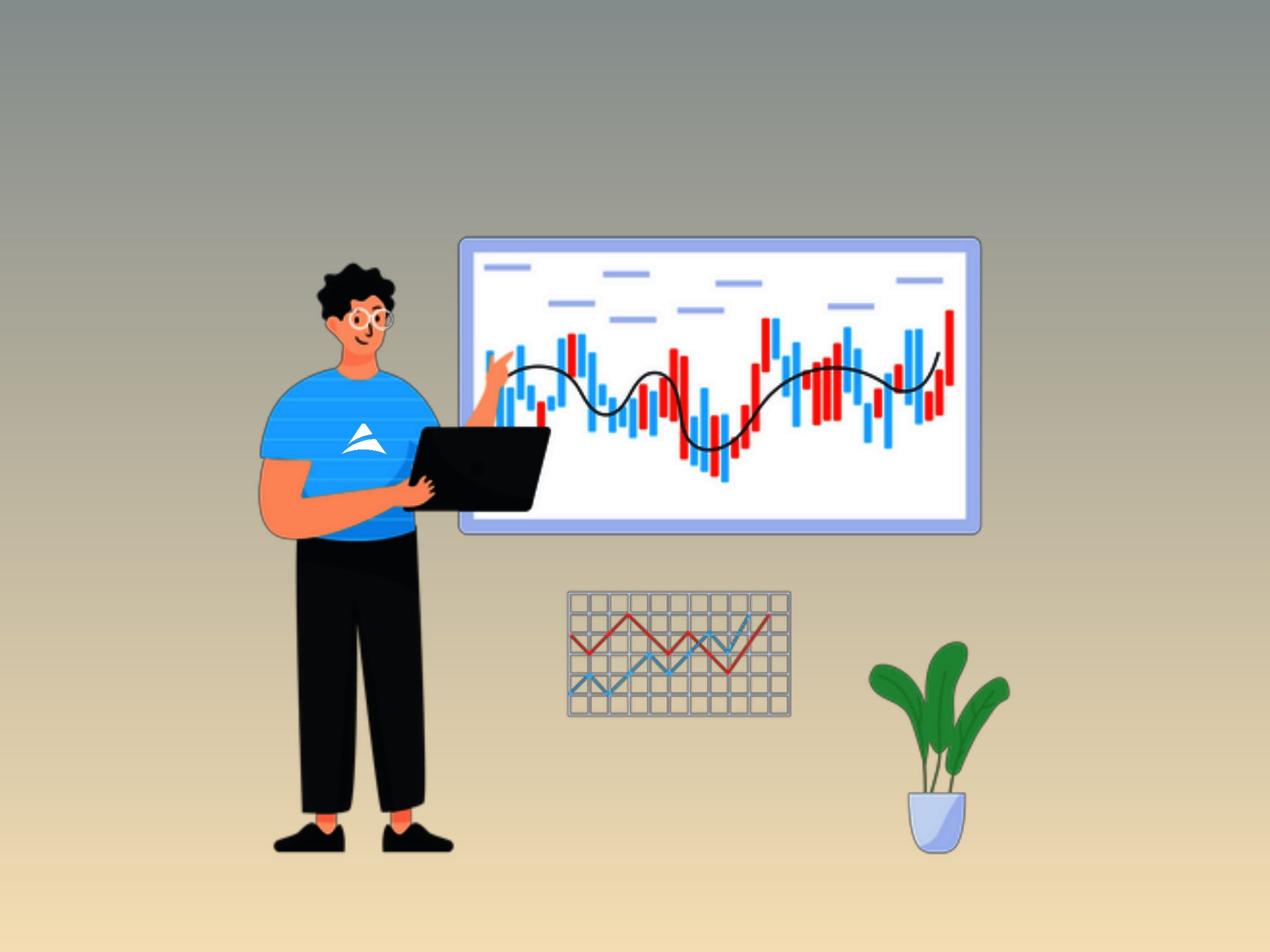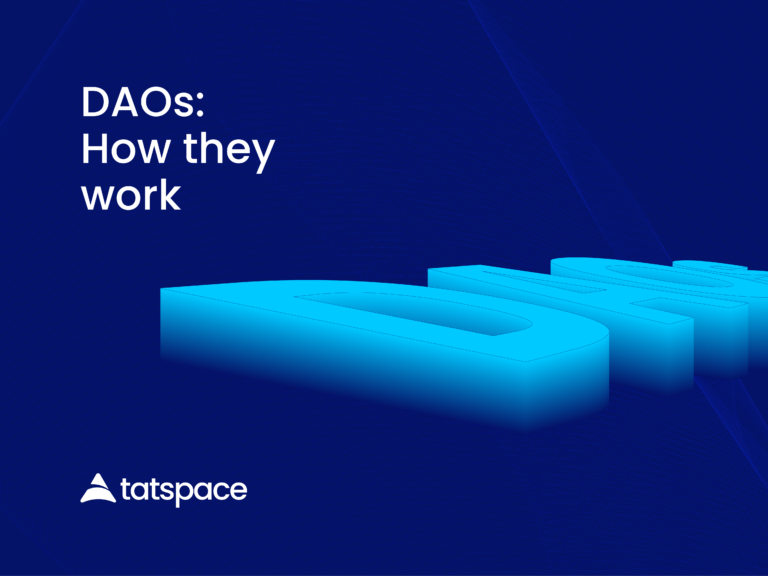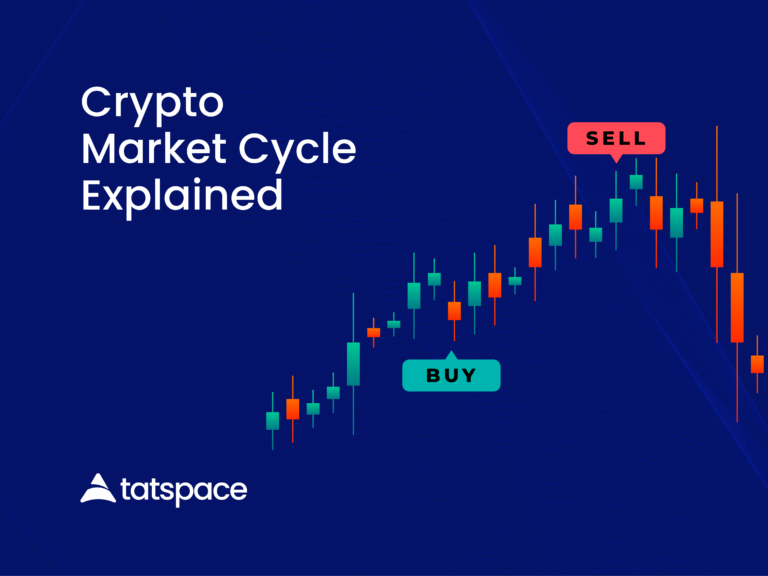Technical analysis (TA), also known as charting, is a type of analysis that tends to predict future market behavior while taking into account previous price action and volume data.
Although TA has wide use in the traditional financial markets like stock and other assets, it is a core part of trading in the crypto market.
It focuses solely on the historical price action of a project contrary to fundamental analysis which uses multiple factors surrounding the price of an asset.
TA positions as a tool for examining an asset’s price changes and volume data.
As a result, you, as many traders do, can use it for identifying favorable trade openings and trends.
How does technical analysis work?
Technical analysis in its simplest form studies a crypto asset’s present and previous prices.
The main idea behind the process of technical analysis is that changes in the price of an asset are not just random and can over time eventually become trends that are identifiable.
However, more extensively, TA analyzes the forces that drive supply and demand in a market. These forces are usually representative of the overall market sentiment.
More simply put, the price of an asset is an expression of the opposing buying and selling forces. These forces, on the other hand, are direct expressions of the emotions of investors and traders, usually fear and greed. This is known as crypto market sentiment.
You should note that when trading in markets with high liquidity and volume under normal conditions, you can rely on TA.
This is because price manipulations and other external factors that create false signals and render technical analysis useless do not affect such markets easily.
To evaluate market prices and find favorable openings, you can use different charting tools known as indicators.
Asides from helping spot market trends, TA indicators can give information about future trends that might emerge.
Similarly, like other traders, you can use multiple tools to reduce error that could come in when carrying out technical analysis.
Common TA indicators
To determine market trends, traders who use TA usually rely on charts and historical price action from various indicators and metrics.
One of the most well-known and widely used examples of technical analysis indicators is simple moving averages (SMA).
Basically, you can calculate SMAs using the closing prices of an asset over a given period of time.
The exponential moving average (EMA) considers recent closing prices more heavily than older closing prices. However, it is a revised version of the SMA.
The relative strength index (RSI), which is part of a category of indicators known as oscillators, is also commonly used.
Instead of simply tracking price changes over time using moving averages, oscillators calculate readings using mathematical calculations and then produce results that fall within specific ranges.
As for the RSI, its range goes from 0 to 100.
It is also quite popular among traders to use the Bollinger Bands (BB) indicator. The BB indicator is made up of two bands flowing around a moving average line.
In addition to measuring market volatility, it can help you identify potential overbought and oversold market conditions.
Some indicators rely on other indicators for their data generation and are different from the simpler, more basic TA indicators.
As an example, you can calculate the stochastic RSI using a mathematical formula after calculating the regular RSI. The moving average convergence divergence (MACD) indicator is another popular example.
To generate the MACD, you’ll have to subtract two EMAs to get the main line (the MACD line).
With the first you can generate another EMA, resulting in a second line (known as the signal line).
Furthermore, there is a MACD histogram that you can calculate using the difference between those two lines.
Trading signals
Besides being useful in identifying general trends, indicators also apply when identifying potential entry and exit points (buy or sell signals).
Specific events may trigger these signals in an indicator’s chart.
For instance, when the RSI registers a value greater than 70, this could suggest that the market is in overbought territory.
A decline in the RSI to 30 or less would logically interpret as a sign of oversold market conditions.
TA indicators produce a considerable amount of noise (false signals), which compromises the accuracy of the signals that TA provides.
The situation is particularly alarming in the cryptocurrency markets, which are smaller and more volatile than traditional markets.
You can try trade signals from ABiTrader.
Are there any criticisms about Technical Analysis?
Despite being widely used in a variety of markets, some specialists regard TA as a complex and unpredictable method. Sometimes they refer to it as “a self-fulfilling prophecy”
A term like this describes events that only happen because many people assume they will happen.
They believe, in the context of financial markets, if many traders and investors apply the same types of indicators, their chances of success increase.
Some TA supporters, however, hold the opinion that every trader is different in how they interpret charts. Which also includes how they use the many indicators they have available to them.
As a result, it would be almost impossible for a large number of investors to use the same strategy at the same time.
Fundamental analysis vs. technical analysis
The technical analysis premise is that all fundamental factors affecting a particular asset are already captured in market prices.
However, fundamental analysis (FA) employs a broader investigation strategy that focuses more on qualitative factors.
This is different from technical analysis (TA), which focuses primarily on historical price and volume data (market charts).
Fundamental analysis takes into account more than just historical data when analyzing how an asset will perform in the future.
Fundamentally, FA considers external factors, including a company’s management and reputation, market competition, etc., to estimate its intrinsic value.
FA is a method of determining whether an asset is overvalued or not based on its context and potential. This is unlike TA that is primarily used to predict price action and market behavior.
Short-term traders tend to use technical analysis more often while funds managers and long-term investors favor fundamental analysis.
The use of quantitative information is one of the many advantages of technical analysis.
This way, it removes some of the guesswork involved with the qualitative approach of fundamental analysis, providing a framework for an objective evaluation of price history.
Yet TA is also subject to subjective interpretations and biases, despite dealing with empirical data.
It is likely that a trader who is has a certain conclusion about an asset will manipulate his TA tools to reflect his biases. This can happen frequently without the trader realizing it.
Additionally, technical analysis can also fail when markets fail to display a clear pattern or trend.
Wrapping it up
Many consider a combination of both TA and FA approaches to be the more rational choice, despite criticisms and the long-standing debate about which method is better.
FA generally addresses long-term investment strategies, while TA can provide insight into short-term market conditions. This may prove useful to investors and traders alike (for example, when determining favorable entry and exit points).







